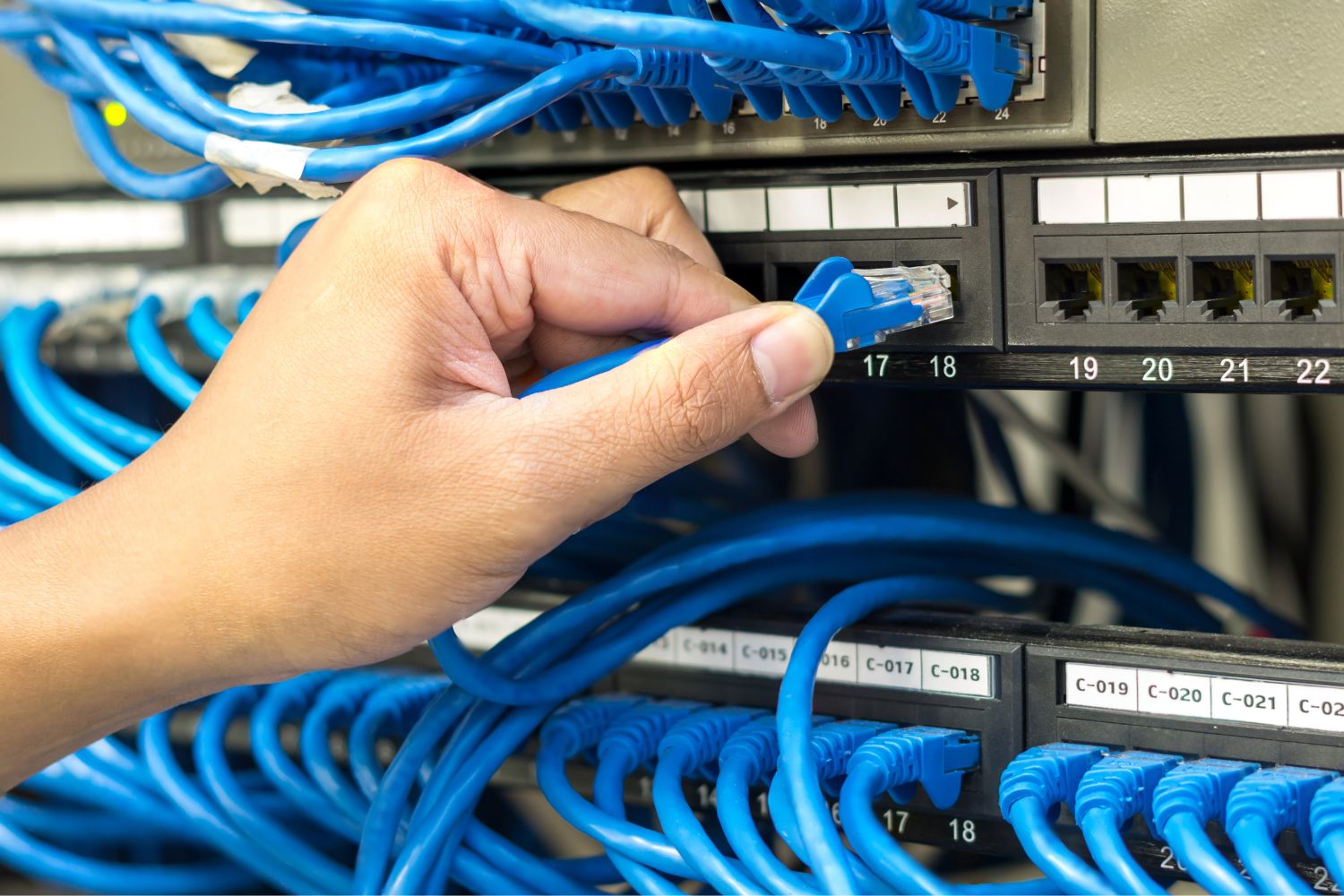If one goes to a manufacturing unit and asks the manager what’s the most important aspect for your work without you can’t run this manufacturing unit, the answer will always be the “mold’. And then you go and ask the last line worker, what do you think is the one thing without which this manufacturing unit can’t function? The answer will most be the “mold” per se. In the post-industrialization era, mold manufacturingis predominantly categorized into three categories.
- Injection Molding
- CNC Machining
- Low-level Manufacturing
Inject Moulding
Inject molding is one of the best mold manufacturing processes used for mass production where the requirement of the unit is to produce the same part millions of times in a very short span of time.
Scalability and Inject Molding
Inject molding is very effective in the long run because of its scalability, once the initial cost been born by the producer, the production cost of units to be produced in times to come, and the cost tends to reduce as the more and units get produced. Inject molding is very repeatable in nature, as the next unit has to be same as the prototype or previous unit. This helps manufacturers to retain brand consistency.
Limitations of Inject Molding
If the producer is going for mass production, designing becomes crucial, and it has to be accurate. Refining of injection mold tool gets very tricky as the tool is to be employed for mass production. So, it has to be on point.
CNC Machining
For prototypes of metal and plastic material Computer Numerically Controlled machining is the best process to employ. 3D CAD models are used for effective and precision machining. The results are strictly in line with the model and precisely replicates it.
Why CNC Machining?
CNC is the best mold manufacturing process to employ when the producer wants the exact material in the production, because in the other instant processes, sometimes there is no option to substitute. Another upside using CNC processing is that the producer gets a vast catalogue of materials to choose from when it comes to rigid materials.
Low volume Manufacturing
Low volume manufacturing is the molding process in which mostly 10,000 or fewer units are produced. It’s one of the most efficient processes to produce complex units with a faster pace, the process allows the producer to have the flexibility to make frequent revisions to the product.
Upsides of low volume manufacturing
It’s the best process to bridge the producer’s requirement of mass production and a few prototypes. It’s the time-saving process as well it can produce complex units with greater flexibility. Also, it gives the window to the producer for early assessment, confirmation and selection of prototypes before mass production. It could save a big chunk of money for the producer if anything goes awry in the early change of production, a producer can always reassess and re-plan the strategy according to the requirement.
Bottomline
Post-industrial revolution in the world, with ever-increasing technology and the emergence of 3D printing, producers have innumerable options of mold manufacturing processes to choose from, aligning with their business requirements. Making the producer’s job easier each passing day.











